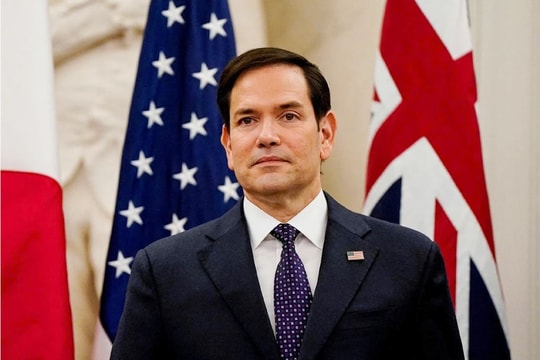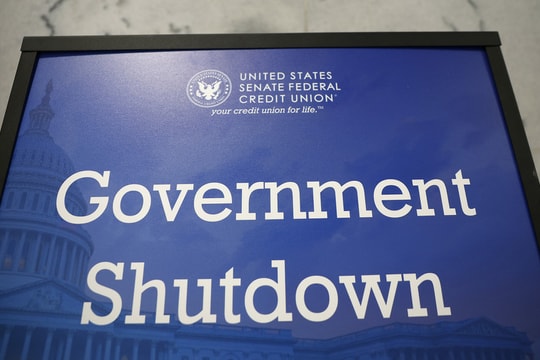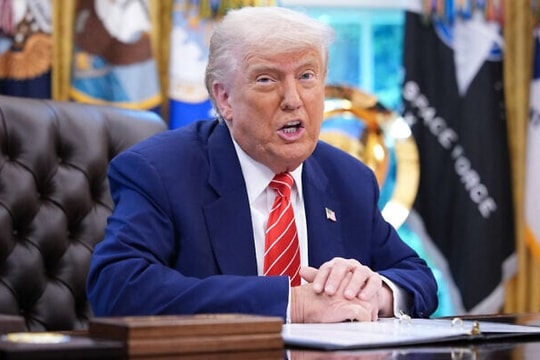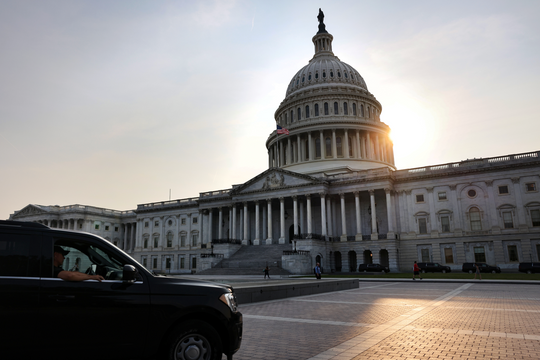Afghanistan remains 'in limbo' after international forces withdraw
(Baonghean.vn) - The US and NATO are expected to complete their troop withdrawal by the end of this summer, leaving unfinished peace negotiations between the Afghan government and the Taliban.
When the US decided to start withdrawing the remaining troops from Afghanistan from May 1, leading to the withdrawal of the North Atlantic Treaty Organization (NATO), many people were worried about the future of Afghanistan. A fierce battle on May 2 proved that this concern was not unrealistic, and the hope that Afghanistan could "stand on its own two feet" to ensure the security of the country was really too fragile.
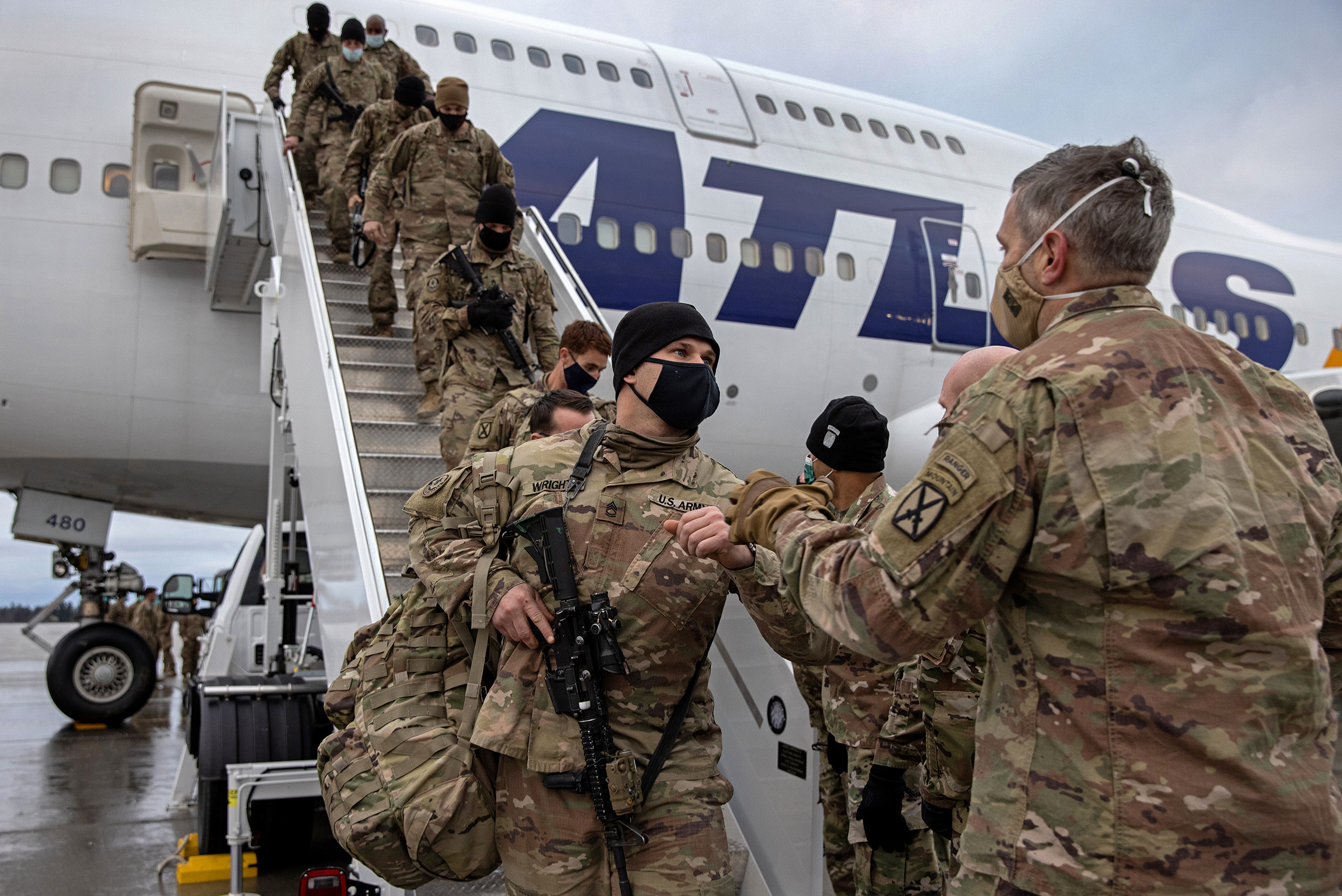 |
| The US has begun withdrawing its remaining troops from Afghanistan. Photo: The Times |
Stand on weak legs
According to the report of the Afghan Ministry of Defense, the 24-hour battle between the Government forces and the Taliban killed more than 100 rebels, while the number of casualties on the Government side was not announced. The first clash with a large number of casualties right when the US began the process of withdrawing troops signaled an uncertain future for Afghanistan without international forces after exactly 20 years.
When the plan to withdraw the remaining 3,000 US troops and more than 7,000 NATO troops was announced, Afghan leaders and security officials repeatedly affirmed that it was time for Afghanistan to "stand on its own two feet" in ensuring national security. But looking at Afghanistan's "feet" at this time makes many people really worried, because those "feet" are indeed too weak in both quality and quantity.
For nearly 20 years, since the war in Afghanistan began, the US and its allies have spent tens of billions of dollars to build, train, expand and support the official defense and security forces in Afghanistan. The goal is to help this force become the core of ensuring security for this South Asian country. But after 20 years, the elite and modern equipment of the US military has not been able to "spread" to the Afghan army.
On paper, the Afghan military and security forces number around 300,000, but in reality, the number of soldiers serving is much lower. A series of factors from corruption, missing data, poor management... make this force under-strength and weak in combat capability. Even recruiting soldiers is difficult, especially in the northern provinces. This area is known as the home of anti-Taliban tribes and is a traditional recruiting ground. However, the number of recruits has dropped from around 3,000 per month to 500 in just one year.
The capacity of Afghan security forces is also an issue. In 2014,when the US officially ended its combat mission in Afghanistan, they handed over to government forces a network of outposts and bases that the US had built up over a decade. But lacking logistical capacity, firepower support and morale, Afghan government forces let the Taliban and their allies take over this territory. Ironically, several important Afghan military bases in the south were in Taliban-controlled areas and could only be reinforced by helicopter. Government troops in Helmand province had tried to negotiate with the Taliban in the hope of leaving their bases unharmed. But the Taliban refused, demanding that they leave intact only if they left their weapons and ammunition behind.
Currently, the Taliban controls about 19% of Afghanistan's territory, government forces hold 32%, and the rest is disputed. These figures show that even with the support of international forces, the Afghan government only controls about 1/3 of the territory, and the ability to protect this territory after the US and NATO withdraw is really a question mark.
According to the US Council on Foreign Relations, the Taliban is now stronger than at any time since 2001, when the US began sending troops to the country. Therefore, analysts' comments that Afghanistan is facing an uncertain future, even facing worst-case scenarios when the US and international coalition accelerate the withdrawal process are completely grounded.
Risk of new cycle of violence
The US and NATO are expected to complete their troop withdrawal by the end of this summer, leaving unfinished peace negotiations between the Afghan government and the Taliban. Intra-Afghan negotiations for peace are one of the main contents of the agreement between the US and the Taliban signed in February 2020. It is also a condition for the US and coalition to end their military presence in Afghanistan.
After overcoming many obstacles on both sides of the Afghan government and the Taliban, the first round of negotiations began in Doha, Qatar in September 2020. However, after many meetings, progress has been very limited, and many opinions believe that the Taliban may take advantage of the international forces' withdrawal to step up violent actions to put pressure on the Afghan government at the negotiating table. The longer the negotiations last, the more likely it is that the developments on the ground will worsen.
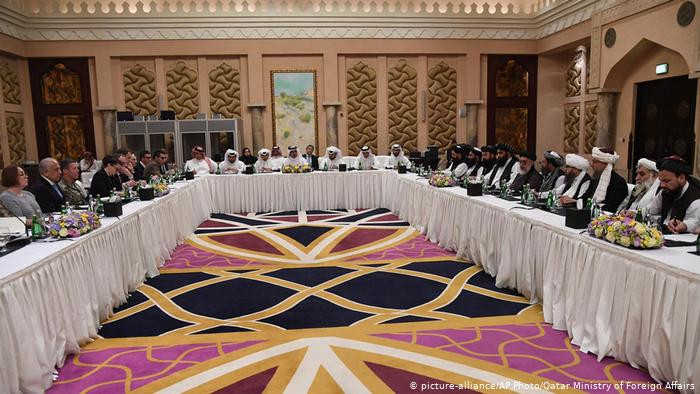 |
| Negotiations between the Afghan government and the Taliban are taking place in Doha, Qatar, but have made little progress. Photo: Deutsche Welle |
Meanwhile, looking at the current positions of both the Afghan government and the Taliban, it is difficult to hope that the two sides can quickly move towards an agreement to form a coalition government. For the Afghan government, a permanent ceasefire is the top priority in the negotiations. However, it is very unlikely that the Taliban will agree to give up violence, as this is their main leverage in any internal political agreement in Afghanistan.
In addition, the Afghan government and the Taliban are also at odds over the future of a peaceful and unified Afghanistan. These include the structure of the Afghan state and the rights it will grant to its citizens, especially women. The Taliban have so far focused on forcing foreign troops to leave Afghanistan, but have not yet articulated proposals regarding governance.
Some believe that the Taliban are likely to promote a clerical oversight role over executive and legislative decision-making, a hybrid of the group’s 1996-2001 model of an Islamic emirate and a Western-style state. Meanwhile, Afghan leaders are determined to preserve existing democratic institutions and the Afghan Constitution, which would make Islam the state religion but not bind the legislative and executive systems to religious law.
Chairman of the Supreme Council for National Reconciliation Abdullah Abdullah once said that “A compromise on these issues will not lead Afghanistan to peace.” Meanwhile, President Ashraf Ghani affirmed that the government will not sign any agreement that limits the rights of the Afghan people. Another difficulty has arisen within the Afghan government when there are many divided opinions on the stance on peace negotiations with the Taliban. Some influential figures in the government come from powerful warlord backgrounds, are heavily armed and have deep hatred for the Taliban, so they pursue very hard-line positions in the ongoing negotiations in Doha, Qatar.
Analysts once said that the future of Afghanistan must be decided by the Afghan people. But looking at the current situation, when the Taliban continues to carry out violent attacks to put pressure on the Afghan Government at the negotiating table, while the Afghan Government itself has not yet reached a consensus on its stance on peace negotiations with the Taliban, it is difficult to expect peace to come to Afghanistan in the near future.


